French director Michel Gondry exuberantly finds the universality of adolescent experiences in The We And the I, where Bronx teenagers explode out of school on the last day of class onto the longest bus ride home on what could be the longest day of the year.
The title indicates a running theme of an adolescent’s world, peers vs. the individual, and how for teens one plus one can equal three for how, when in groups, they become like someone else. The kids frequently chide each other: “You act differently when we’re alone.”
Within this talented bus-full ensemble, the stories are primarily anchored around the hidden artistic talents vs. the upfront social behavior of Teresa (Teresa Lynn), under a Lady Gaga blonde wig, and Michael (Michael Brodie), full of braggadocio, along with the bad boys who rule the back seat. Ranging from middle school kids to graduating seniors who have known each other for years, the students’ true feelings are pushed under by peer pressures as typical teenage activities swirl around the bus. Bursting with such energy, the interactions feel fresh. (Nearby adults cringe or leave, though a couple of old ladies talk back.)
Two girlfriends plan who is in or out on the guest list for their sweet 16 party; boys kiss; girls kiss; hurtful rumors fly; older siblings defend younger ones; couples break up and reunite; yearbooks are messed up; and girlfriends are sent as emissaries to boys to feel out their hypothetical interest. Who gets sent funny video links (of a friend acting out pranks) from who is a crucial indicator of position on the social scale.
The dizzying, shifting alliances as the kids constantly move around the bus are divided into three chapters: “The Bullies,” “The Chaos,” and, finally, “The I.” The first part recalls the frightening bus scene from last year’s Bully, but the mean kids are pulled back from their worst instincts by distractions to their other talents. Some of the teens’ thoughts and boasts are illustrated in a style much like the reconstructed videos in Gondry’s Be Kind Rewind (2008), usually showing them as the heroes in their own reality TV show (complete with a funny version of Donald Trump). There are also gradual revelations that finally explain in a flashback events that participants remember with different degrees of embarrassment and significance of a drunken party in far-away Brooklyn. Other serious back stories intended to explain teens’ behavior, such as a distant father, get complicated and are inserted a bit more clumsily. The dynamics change when more and more kids get off the bus until those who are left can sweetly reveal themselves to each other alone.
Reminiscent to how Elizabeth Swados developed her 1978 collaborative musical Runaways, the cast primarily comes from the Point, a South Bronx community arts center, where they first came for a safe haven before being drawn into Gondry’s auditions and the two-year workshop process that incorporated their lives into his general concept. Though some almost aged out, the kids are refreshingly more genuine as teens than the professionals in most movies and TV shows, and the setting is not the usual large suburban campus. While the long cross-borough bus route is fictional, the feisty, tolerant driver, Mia Lobo, is a bus driver in real life.
The soundtrack is oddly old school hip hop, like Run DMC, and seems to be a reference to Gondry’s Dave Chappelle’s Block Party (2005) documentary as well as to his original inspiration from watching teens in action on Paris buses 25 years ago. The texting has changed, but the music stays the same.

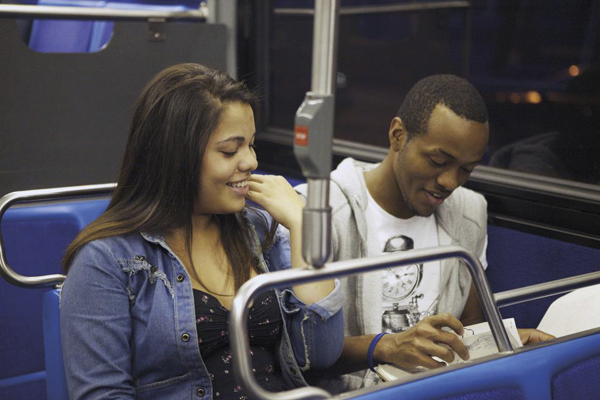

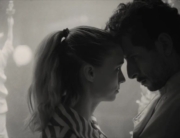
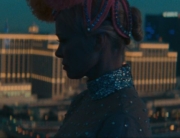
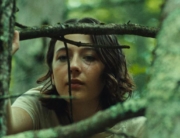
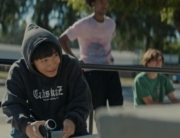
Leave A Comment